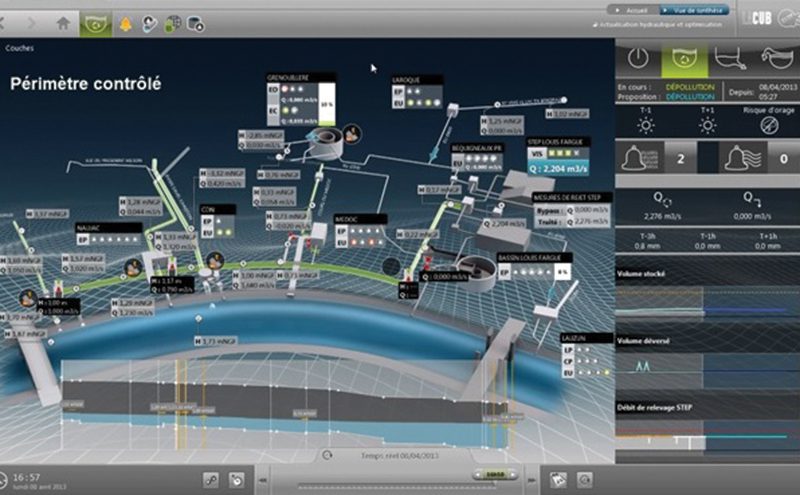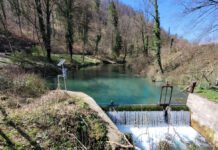RESOURCE management firm Suez is launching Aquadvanced urban drainage, a digital solution that allows local authorities to monitor in real time their sewer and stormwater networks to mitigate the risk of flooding and to control the quality of discharges into the natural environment.

Rising urbanisation and the increase of impermeable surfaces in urban areas have reduced the natural infiltration of stormwater into the soil by 15%. The remaining 85% flows on the surface, collecting the residues deposited on roofs and roads (fuel, plastics, heavy metals, etc). Local authorities are faced with the challenge of collecting these polluted waters in the sewerage networks, and of treating htem later into wastewater treatment plants to reduce the risks of severe flooding, human and material damage and pollution of the natural ecosystem. Stormwater is responsible for 50% of the pollution flowing into rivers and beaches in urban areas.
In Europe, local authorities have been bound to guarantee the performance of wastewater collection systems and to monitor the quality of discharge into the natural environment since the Water Framework Directive came into force in 2000.
Aquadvanced Urban Drainage is said to help local authorities choose the solution that best meets their needs, from the monitoring of the environment (rivers, the sea, sewerage networks), to the anticipation of flooding events and pollution, and the predictive and dynamic management of the complete sewerage system.
It provides a global real-time vision of the complete system based on data from sensors installed both in the network and in the environment (rivers, watercourses, etc) and on short-term weather forecasts.
By centralising and analysing this data, the software solution can anticipate the hydraulic performance of the network (saturated storage capacities, volumes to be treated, and so on) or of the natural ecosystem (risk of pollution of overflowing watercourses). For certain sewerage systems, the tool can also calculate the best control strategy, and automatically and remotely monitor facilities like storage reservervoirs, pumping stations and so on.






